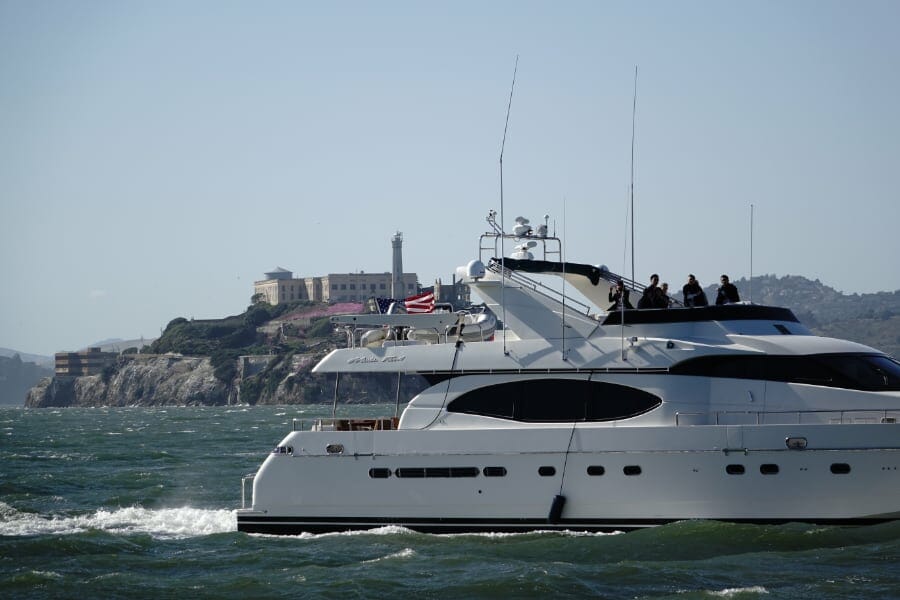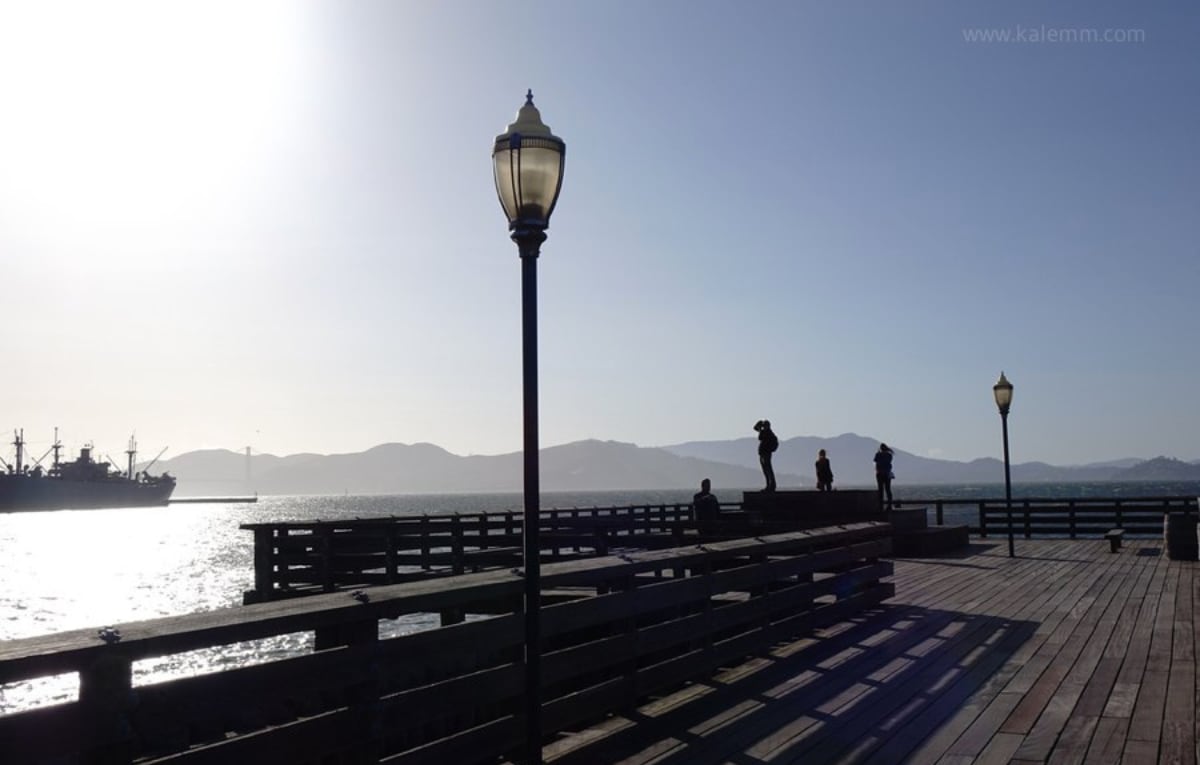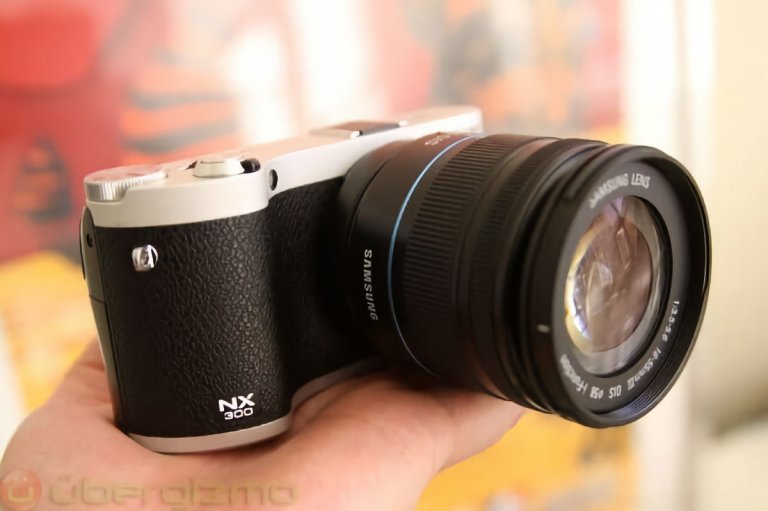

You won’t find many cameras boasting a 24-200 mm superzoom lens with a maximum aperture of f2.8, made by a renowned optics specialist like Zeiss. Combine that with a compact body, a 20 megapixel sensor, a superior electronic viewfinder – and you have a highly original camera that stands out from the crowd even in a market full of supercharged competitors.
My friends at Ubergizmo.com recently reviewed the RX10, and I got a chance to play with the camera a bit myself. Here are some impressions I formed after taking several hundred images over the course of a couple of days of shooting at the Golden Gate. You can find a larger selection of sample photos and videos in my Sony RX10 SmugMug gallery.
Sony RX-10 Lens Reach


In the feature wars around megapixels, filters and more, the value of a good lens is often overlooked. Many people happily spend much of their money on the most expensive camera body they can afford – only to go picture hunting with the cheap kit lens that comes with the camera. That’s a bit like driving a Porsche with bike wheels: you certainly won’t get the best results.
Photography begins with capturing light in the best way you can before the camera body takes over, recording the result. The RX10 comes well equipped in this respect: the Zeiss lens covers a lot of ground, letting you go from 24 mm wide-angle to 200 mm telephoto, while offering a maximum aperture of f2.8 – important for low-light photography as well as nice, blurry backgrounds in portrait or nature photography.

A wide-open aperture helped to separate the bird from the background
All zoom lenses require compromises. This is especially true of superzooms: often, there’s a lack of sharpness, pronounced distortion and easy flaring. In my (limited) experience with the RX10, the lens did show some optical weaknesses – like the slight darkening of image corners, called “vignetting”. But overall I was very impressed. No horizons bent out of shape, no immediate reflections when shooting against the sun, and I found the sharpness lacking a little only at the extreme ends – for example when photographing with the maximum aperture (f2.8) at 200 mm. That’s to be expected, though, and can easily be avoided by stopping down a bit to f4 or f5.6.

Nearly invisible lens flare, and the lamp posts show little distortion
The RX10 is a fixed-lens camera, so it’s important that its superzoom is both powerful and of good quality. This makes the RX10 a very nice travel companion – even if the camera is a bit bigger and heavier than many compact cameras with similar zoom reach (but inferior optical performance). The RX10 offers a number of dedicated dials and buttons for all frequently needed functions, making it very intuitive to handle. A big plus is the bright and clear electronic viewfinder, which comes handy on sunny days when the display shows only dim, washed out colors and turns framing the image into a guessing game.
Battery life, meanwhile, is merely average. While I easily did get past the 420 images that Sony promises, to me that’s rather on the low end for days when you’re out and about, happily going “click, click, click!” over and over along the way. In addition, the RX10 is not the fastest to start up (you need to give it a couple of precious seconds), and it’s certainly better suited to landscape than action photography, as the autofocus, in my experience, has trouble following fast-moving subjects such as birds flying by. On the upside, the lens allows zooming both manually and with the help of a motor – which makes focal changes in video recordings much smoother.
You can see more sample videos in my RX10 SmugMug gallery
Low-light performance is decent, if not stellar. At pixel level, jpeg images straight from the camera show clear signs of noise reduction even at ISO 1600. It’s what you get when you squeeze 20 megapixels onto a relatively small sensor. On the other hand, giving the RX10 a bigger sensor would have driven the already hefty price of currently $1,300 even higher. Thankfully, you can take photos in RAW format and use software like Adobe Lightroom to clean up high ISO images better than the camera itself is able to, given its limited computing power. Also, in fairness, even images at ISO 3200 or ISO 6400 are often perfectly fine for Web usage or smaller prints. You just wouldn’t want to turn them into posters.
All in all, the Sony RX10 is the first compact zoom I’ve encountered that I could imagine taking on an important trip and not miss my trusty Nikon D7000 with its extensive – but heavy and bulky – lens collection. For a more in-depth review, technical specifications and a second opinion, please have a look at the Ubergizmo review.

Afternoon light at the Golden Gate

